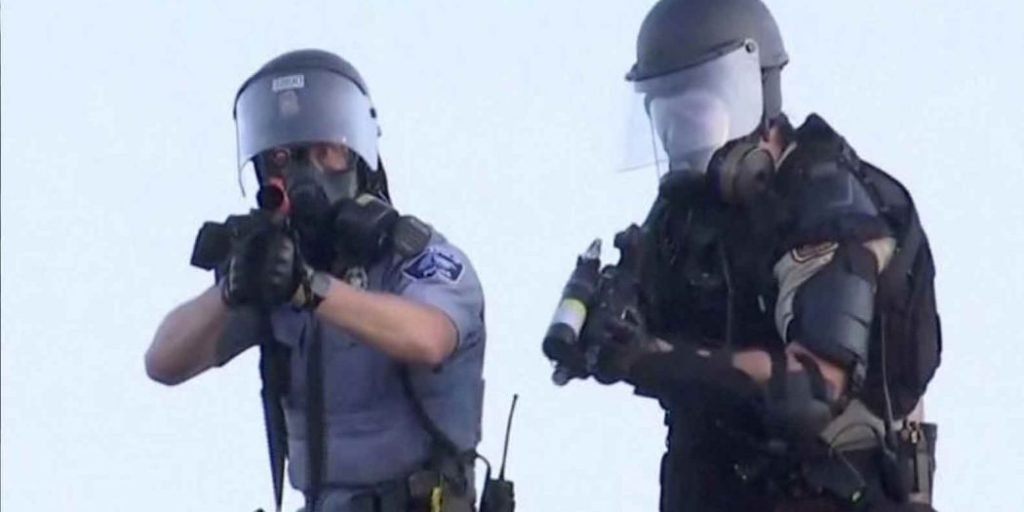As of 2024, the perilous landscape for journalists continues to deteriorate, with 47 media professionals having lost their lives this year due to their journalistic endeavors, according to the Reporters Without Borders (RSF) database. This alarming statistic underscores the risks that journalists are willing to take in pursuit of truth and accountability, often at great personal cost. In the previous year, the Palestinian territories emerged as the most dangerous region for journalists, accounting for 14 fatalities in just ten months, a stark reminder of the ongoing conflict and its impact on freedom of the press in volatile regions.
In addition to the Palestinian territories, other countries have also reported significant casualties among journalists. Pakistan has recorded six journalist deaths, while Bangladesh follows closely with five reported cases. Both countries suffer from a hostile environment for media personnel, often marked by governmental repression and violent reprisals. Mexico remains a dangerous location for journalists, with four deaths associated with their work, a trend that reflects the broader issue of violence against the media in regions plagued by drug cartels and organized crime. Other nations, including Sudan, Myanmar, and Iraq, have each seen three journalist fatalities, highlighting a global crisis regarding the safety of media professionals.
Furthermore, the threat to journalists extends beyond immediate fatalities, with 111 individuals currently categorized as “disappeared.” Mexico has the highest number of missing journalists, totaling 31 individuals, illustrating the severe risks they face. Other countries with notably high numbers of disappearances include Syria, Russia, Iran, and Kosovo, indicating the systemic issues facing journalists in these regions. The precarious situation underscores the need for international awareness and action to safeguard the rights of media professionals, who play an essential role in informing the public and holding power to account.
Importantly, it must be noted that the figures provided by RSF reflect only those deaths that have been confirmed to be linked to journalistic activities. This careful monitoring is crucial, as it serves to enforce a standard on what constitutes a journalistic death in politically charged and dangerous environments. Consequently, the actual numbers of deaths or disappearances could be higher, pending further investigation and validation of circumstances. This limitation showcases the complexities and challenges inherent in tracking journalist safety and highlights the necessity for ongoing vigilance by investigative bodies and human rights organizations.
The alarming trends in journalist safety call for a collective response from governments, civil society, and global organizations. Efforts to enhance protective measures for journalists must be intensified, involving policy changes that prioritize the safety of media professionals, ensuring accountability for those who commit violence against reporters. The international community must also advocate for press freedom, recognizing that a free and safe press is foundational to democracy and societal progress. By addressing the root causes of violence, such as political instability and corruption, a more supportive environment for journalists can be cultivated, ultimately fostering a healthier democratic discourse.
In conclusion, the statistics regarding journalist fatalities and disappearances reveal a disheartening reality for media professionals around the globe. With 47 confirmed deaths already accounted for in 2024 and many more unaddressed, it is imperative for all stakeholders to come together to protect press freedom and the lives of those dedicated to reporting the truth. The rights and safety of journalists should be prioritized to ensure they can perform their vital role without fear of violence or persecution, recognizing that their work is crucial to informing and empowering society.

